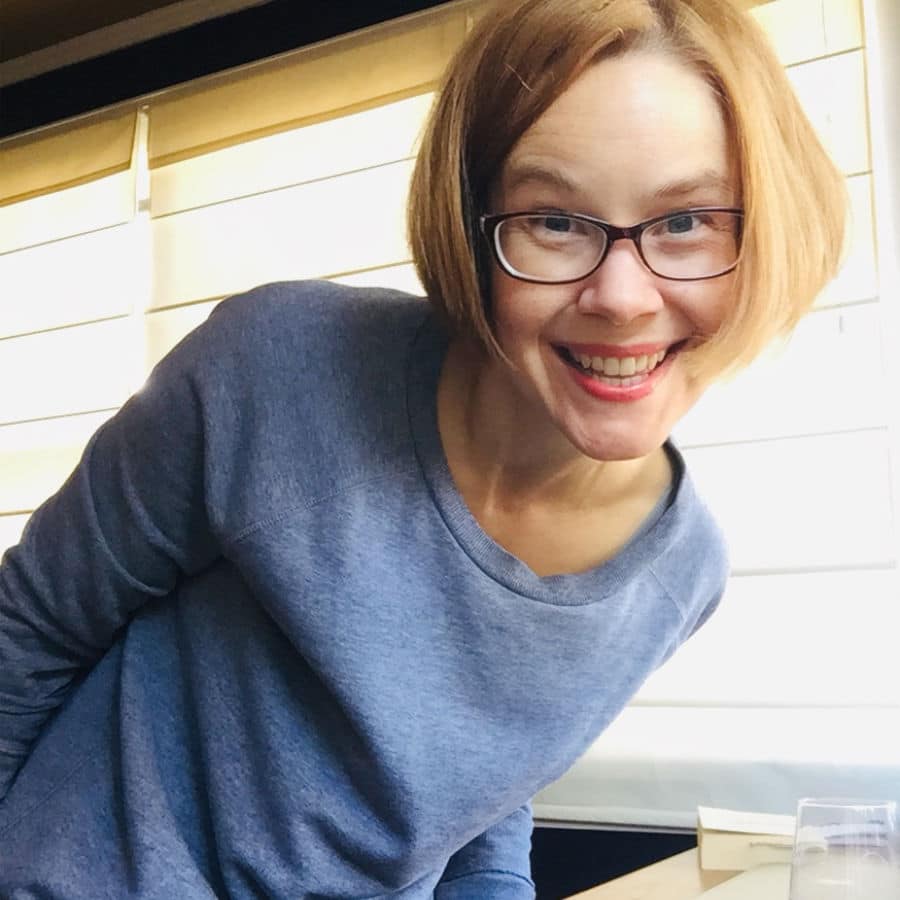If you want to become a better writer, you have to know how stories work—and if you want to write like your favorite authors, you have to know how their stories work.
Which means you have to destroy their books, one page at a time.
If you’ve been following me at NicoleDieker.com, you might have seen me spend the past two weeks tearing apart Mira Grant’s Into the Drowning Deep. This book is one of the few horror stories that has actually scared me—like, I don’t want to turn the next page scared—and as we all know from our favorite horror stories, the only way to stop being afraid of something is to destroy either the thing itself or the part of you that fears it.
(The characters that survive Mira Grant’s novel destroy both, if you’re curious—but no spoilers.)
Next up, I’ll start dissecting Louise Penny’s murder mystery Bury Your Dead, which is one of the few novels that has actually made me cry—but before I do that, I want to tell you how to murder your own favorites.
Carefully, of course—but mercilessly. You’re picking up your pitchforks and torches not to capture the monster, after all, but to kill it.
To dissect it.
To learn from it.
And then—when you’re ready—to build your own.
By ripping your favorite books into pieces—whether you literally slice the hardback into its three unique acts, create a spreadsheet for each plot point, or put a sticky note on every page that scares you—you have the opportunity to evaluate every element of your favorite story as an isolated, functional unit.
Ah, you might say. This is the part that pumps the blood.
Or, a few pages later: This is the part that arouses the senses.
And, depending on how it ends: This is the part that activates the tear ducts.
Books work together the same way that bodies do, which means that the part that pumps the blood is likely to arouse at least one of the senses—the prickly bits at the end of your skin, maybe, or the sense of urgency—and the part that activates the tear ducts is likely to slow everything down.
But you might not understand how the components of your favorite book fit together until you disincorporate them. The character development is connected to the plot point; the plot point is connected to the page turn; the page turn is connected to the jump scare; so fear the words (as the song goes) and see what you learn when you tear them apart.
Destroying a favorite story helps you understand how the story was created. A book that you might have considered brilliant—or, better still, genius—becomes a collection of replicable segments, each one contributing to the whole without being so proprietary that it cannot be copied.
Ah, you might say. That’s foreshadowing.
Or, a few pages later: That’s the sentence that changes the character’s trajectory—even though the character doesn’t know it yet.
And, depending on how it ends: That’s how to write a closing paragraph that both introduces and sells the next book.
As you dig into each of these everyday elements—what the characters see, what the reader feels, how the blood spatters—ask yourself how you can reshape the guts of the story into your own monstrous creation.
Then ask yourself what new, never-before-seen, non-replicable elements are necessary to bring your creation to life. Hearts can be copied, after all. Souls cannot—and if your book does not have a soul of its own, it won’t ever be anyone else’s favorite.
Now that you know why you should destroy your favorite books—even though you may never read them in quite the same way—I’ll give you the tools you need to complete your first dissection.
I’ll also give you a few seconds to guess what they are, because—as it always goes, with the best stories—the readers who have been paying the closest attention know exactly what’s coming next.
Are you ready?
Step 1: Cut the book into pieces.
Step 2: Ask yourself three specific questions about each successive element:
If that sounds a bit recursive, it’s because it yields a continuous circle of results—for writers, for readers, and for the stories we share.
That’s why I wanted to share it with you.
I also want to share my next book, Shakespeare in the Park With Murder, which stitches together elements of mystery, horror, and romance—plus a bunch of jokes about theater and a few jokes about artificial intelligence.
Did I successfully bring my creation to life?
I’d like to think so—but we won’t know for sure until other writers pick up their pitchforks and start hunting it down.
Enjoy this story? Consider supporting our magazine with a small donation.
All donations will go towards paying authors for new stories, or website upkeep to ensure our stories remain free to read.

Nicole Dieker is a writer, teacher, and musician. She began her writing career as a full-time freelancer with a focus on personal finance and habit formation; she launched her fiction career with The Biographies of Ordinary People, a definitely-not-autobiographical novel that follows three sisters from 1989 to 2016.
Dieker writes the Larkin Day mystery series. She also maintains an active freelance career; her work has appeared in Vox, Morning Brew, Lifehacker, Bankrate, Haven Life, Popular Science, and more. Dieker spent five years as writer and editor for The Billfold, a personal finance blog where people had honest conversations about money.
Dieker lives in Quincy, Illinois with the great love of her life, his piano, and their garden.
Copyright ©2023 by Nicole Dieker.
Published by Shortwave Magazine. First print rights reserved.
We believe in paying writers professional rates. We also believe in not hiding stories behind paywalls. These two beliefs are, unfortunately, at odds with each other. However, your support today could help us continue our mission.
We respect your privacy. We will never sell your information. You can unsubscribe at any time.